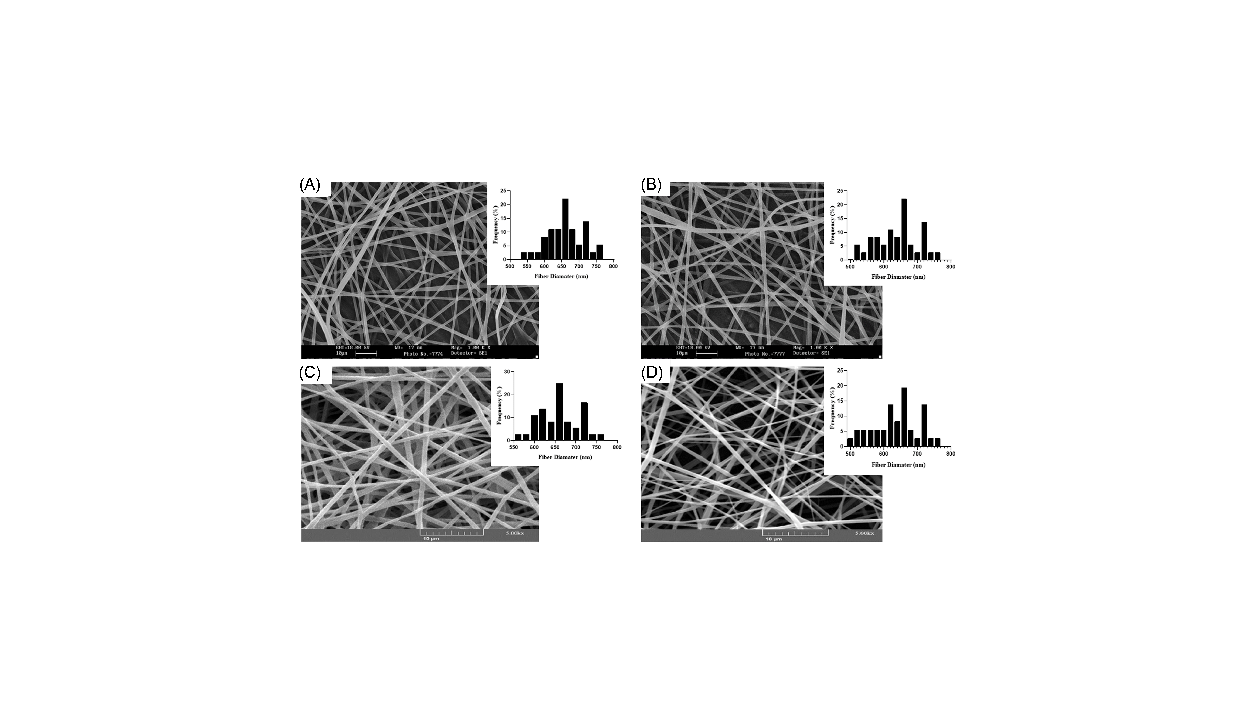Biomaterial selection is one of the important factors in tissue engineering vascular graft (TEVG) because of its hemocompatibility, mechanical properties, and biodegradability. In the present research, we prepared the bilayer electrospun scaffolds from poly glycerol sebacate (PGS)/poly caprolactone (PCL) and poly glycerol sebacate (PGS)/poly lactic acid (PLA), Then the surface of both groups was modified by using oxygen plasma. Physical, mechanical and hemocompatibility evaluation of the bilayer PGS/PCL and PGS/PLA scaffold was performed to introduce a more suitable combination for TEVG applications. Results demonstrated that the plasma treatment process did not affect the surface morphology of electrospinning fibers but improved hydrophilicity, swelling ratio, and blood compatibility. It caused a faster degradation rate in treated groups. Mechanical tests of these scaffolds showed a proper mechanical strength for vascular tissue engineering before and after plasma treatment, however, elongation of the PGS/PCL scaffolds was more suitable for vascular graft applications. The hemocompatibility study showed improvement in platelet adhesion, hemolysis, and blood clotting time after plasma treatment in both groups also, there was no significant difference between the two scaffolds in hemocompatibility characteristics. It concluded that the treated bilayer PGS/PCL scaffold can be more suitable for vascular graft application.
In Vitro Comparison Study of Plasma Treated Bilayer PGS/PCL and PGS/PLA Scaffolds for Vascular Tissue Engineering

28
آذر
